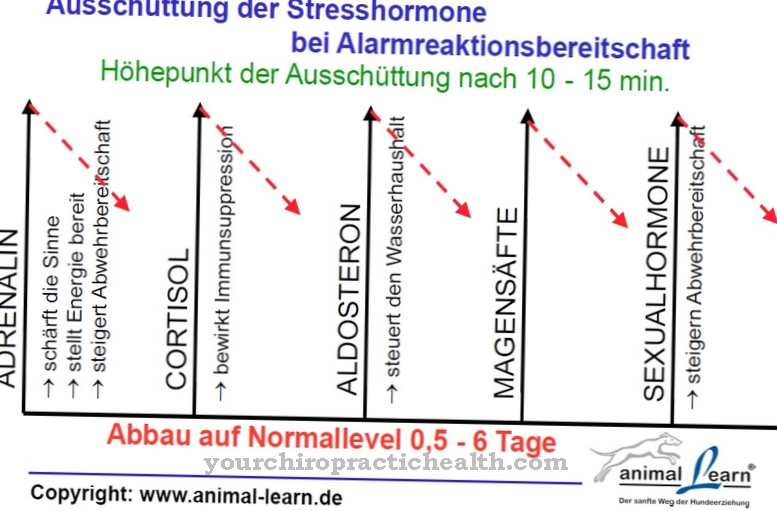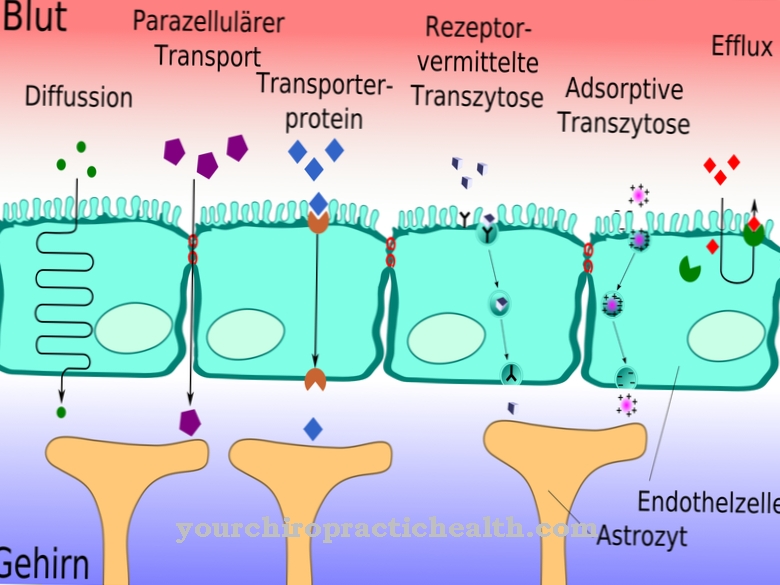In which Gallant reflex, also Spinal-gallant reflex or Backbone reflex called, it is an early childhood reflex. Early childhood reflexes are vital for the child, as they serve on the one hand to search for food and ingestion and on the other hand to protect themselves. The Galant-Refelx belongs to the group of tonic reflexes, which regulate the position of the body in space, the position of the individual body parts in relation to one another and the entire striated muscles.
What is the gallant reflex?
The Galant reflex is triggered by stimulating the child's lumbar spine, causing the child to turn their hips outward by up to 45 degrees in the direction of the side on which the stimulation took place. In addition, the reflex triggers an extension of the arms and legs on the stimulated side and an elevation of the pelvis.
In the womb and during childbirth, the reflex is triggered by the wall of the uterus or the walls of the birth canal when the child's lumbar vertebrae are touched.
After the birth, the Galant reflex can be checked by brushing the area next to the lumbar spine with the fingernail when the child is lying prone. The reaction may be weak for the first few days, but is usually constant from the fifth day onwards.
Function & task
The Galant reflex is particularly important during childbirth. It greatly facilitates the passage of the birth canal. This is due to the fact that the walls of the birth canal trigger the reflex in the child. The resulting twisting of the hips and the resulting curving of the spine make the birth easier and faster, which makes the birth process easier for both mother and child.
The child can move back and forth on its own thanks to the reflex. These movements in the hip and pelvic area would not be possible without the Galant reflex at this conception age.
Because of its importance, the Galant reflex is only required at the time of birth. This is why it develops around the 18th week of pregnancy. The expectant mother then feels the child's reflex movements as a fidgety movement. Even after the birth, the Galant reflex remains for a while. The reflex is slowly reduced between the third and ninth months of the child's life. It is present on average until the age of six months.
Illnesses & ailments
Basically, it is essential for the development of the child that the early childhood reflexes are broken down within the first months of life. Otherwise, basic movements cannot be learned.
Problems in connection with the Galant reflex arise, on the one hand, when the child does not develop the reflex or does so insufficiently and when it is not available at birth. On the other hand, it is problematic if the Galant reflex is not broken down within the first year of life after birth. If this is the case, one speaks of a persistent reflex.
Depending on the age of the child, a residual reflex can lead to various problems and symptoms. Affected children often find it difficult to sit or lie quietly, as the back of a chair, for example, can trigger the reflex. The Galant reflex is also triggered during sleep, which leads to restless, movement-intensive sleep that brings little recovery. In the further course, this usually leads to concentration disorders and problems with short-term memory.
The perception of shape is reduced in affected children. Accordingly, it is difficult for the children to grasp and remember patterns, geometric shapes and characters. Affected children are often forgetful about coping with everyday activities, which is due to problems with short-term memory.
An indication of the presence of a persistent reflex can be a child's continuously increased fidgety combined with a constant urge to move. Hypersensitivity to belts and trouser cuffs, which can trigger the reflex, can also indicate a persistent Galant reflex.
Furthermore, a limping gait or asynchronous walking can occur without an orthopedic cause being ascertainable. The constant bad posture can over time lead to scoliosis, i.e. an abnormal curvature of the spine. The latter can be observed in particular when the Galant reflex only lasts on one side, which can also happen. In the case of the reflex that only persists on one side, the pelvic blades may twist.
Furthermore, indigestion and bed-wetting can increase beyond the age of six. Overall, affected children often have problems with bladder control.

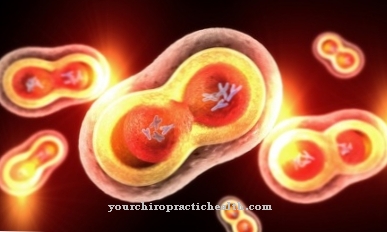



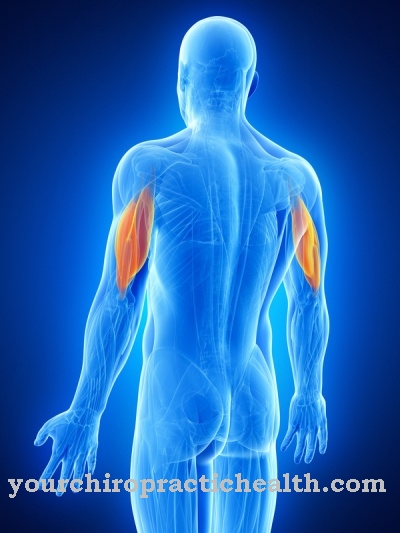


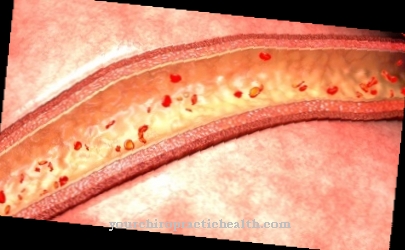
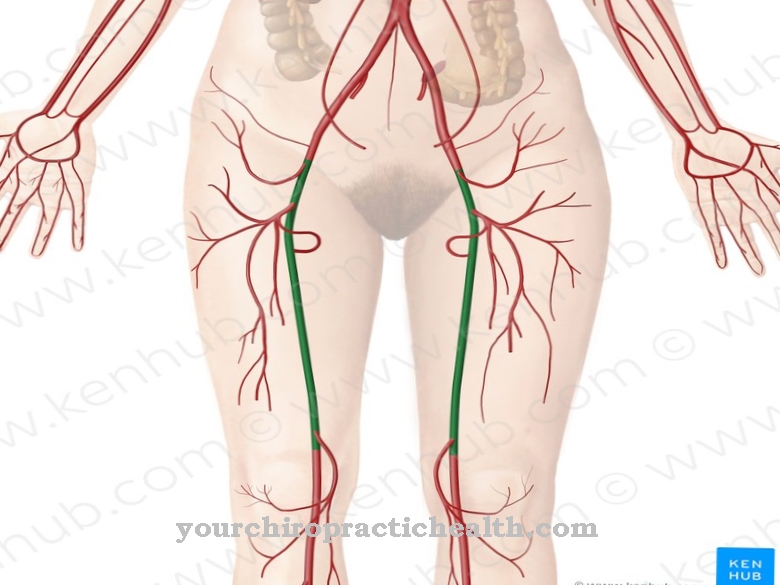


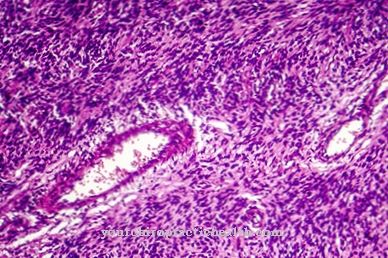
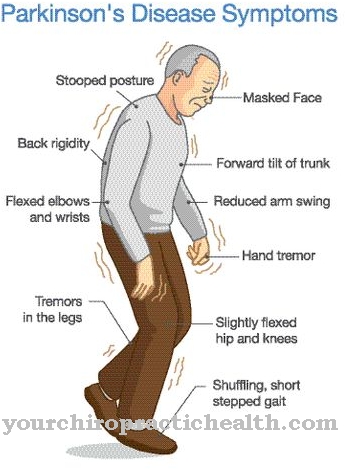
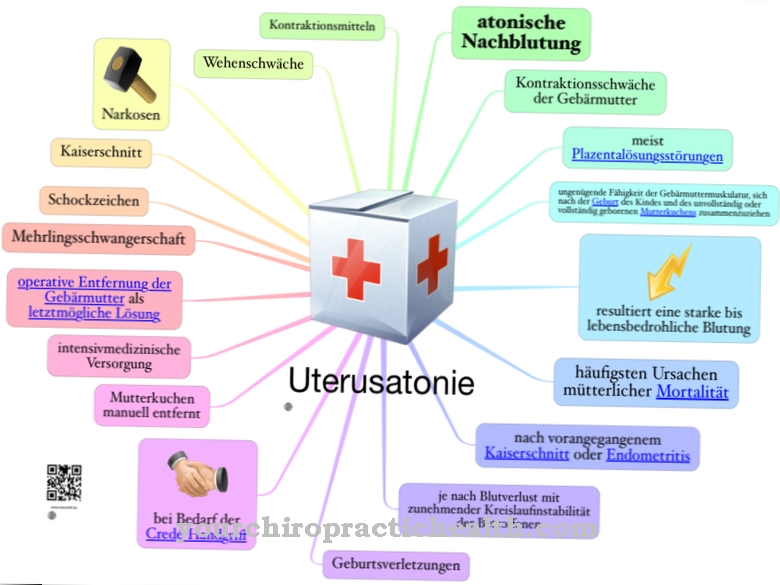

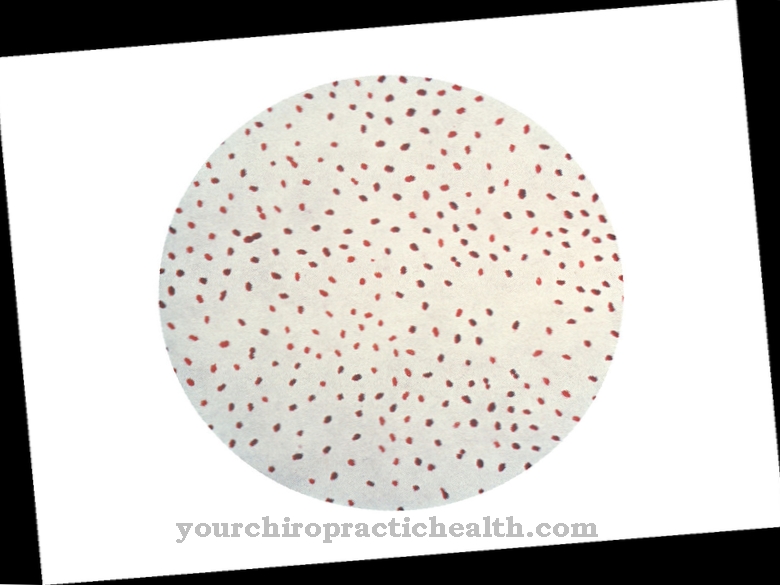



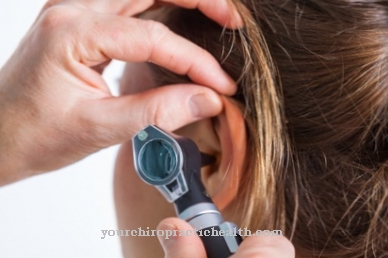


.jpg)
